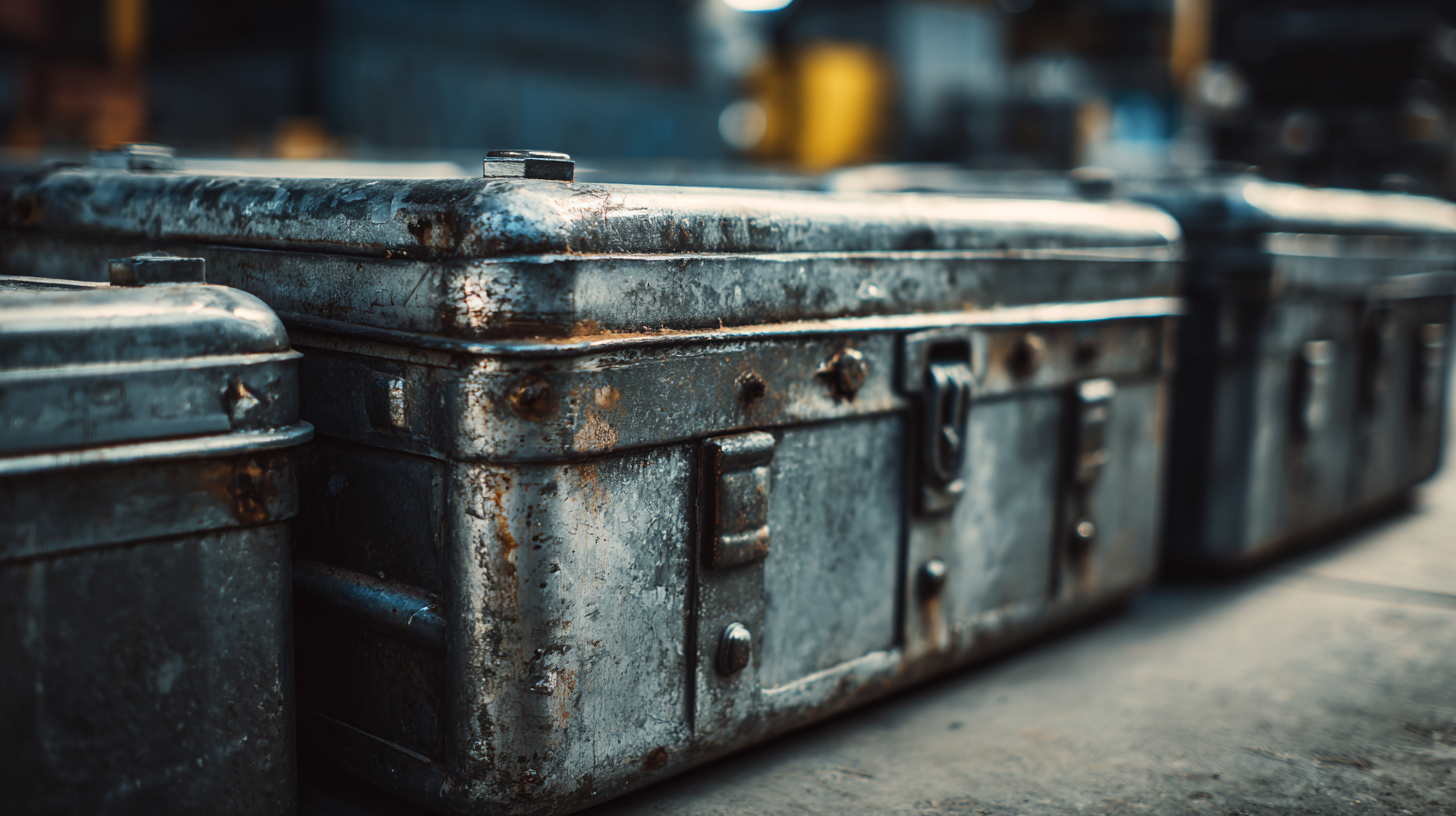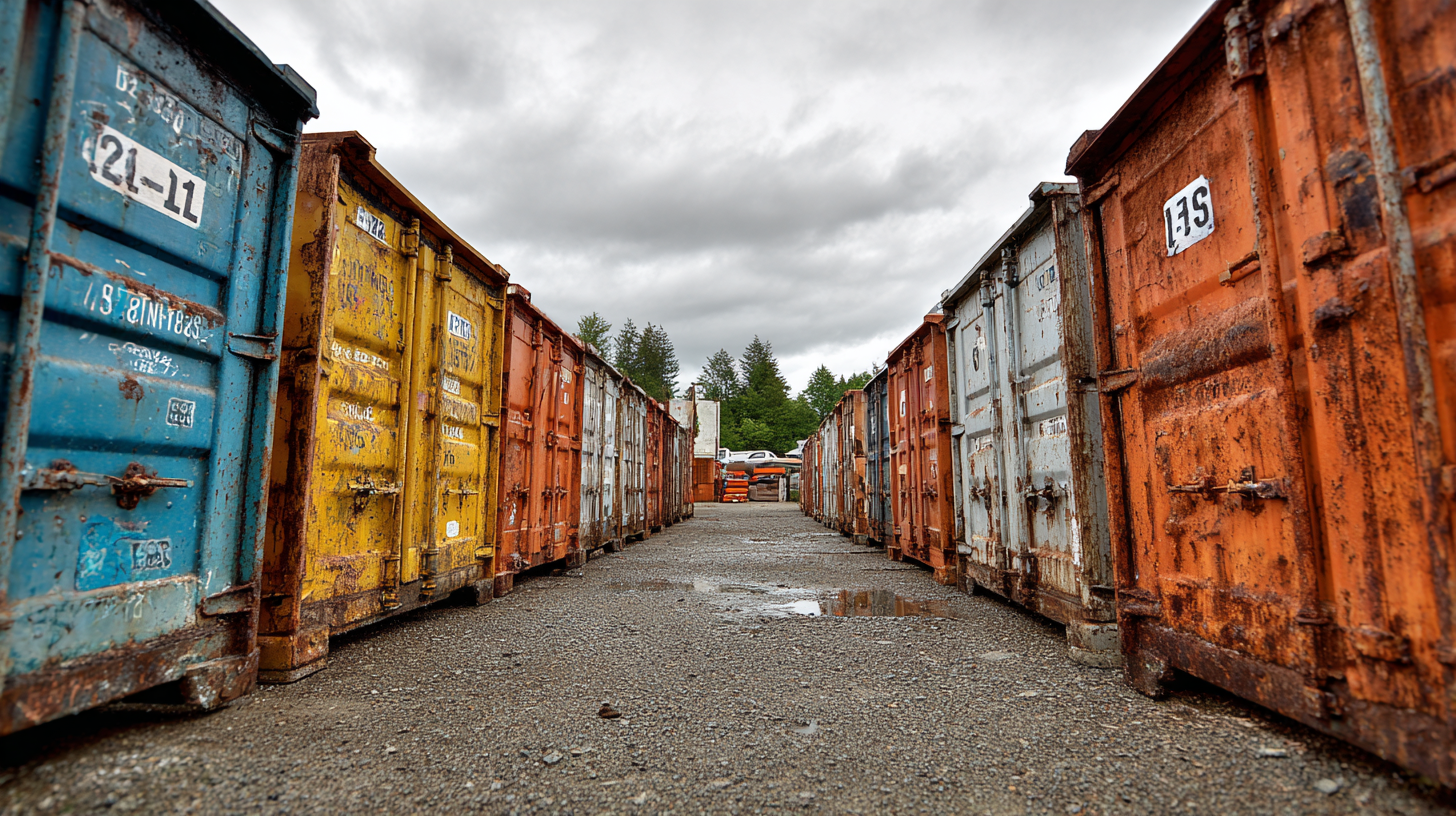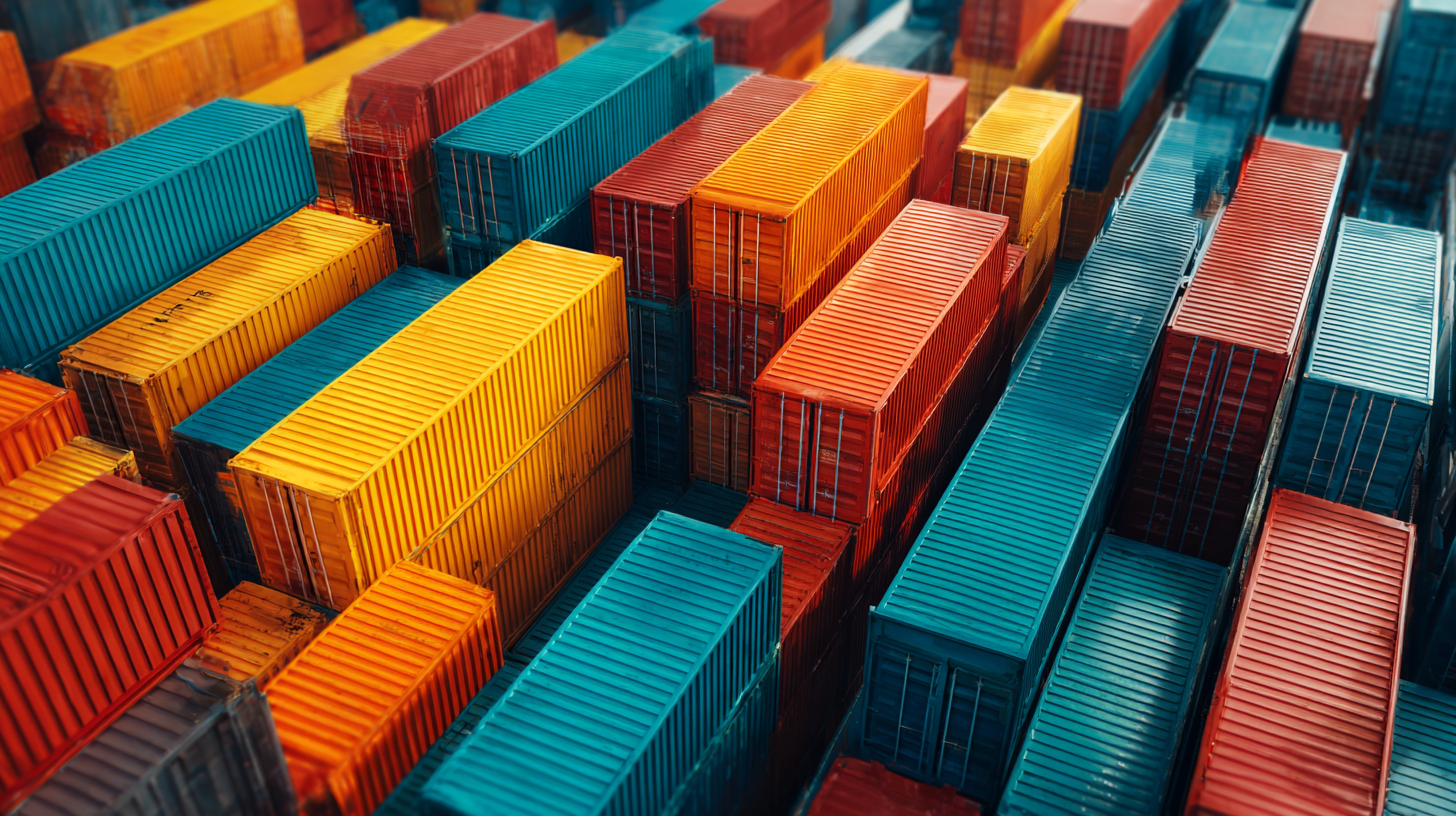 +8618680445103
+8618680445103
Free Standard Samples can be provided for you to check the quality.
Leave Your Message
In today's fast-paced industrial landscape, the choice of packaging materials can significantly impact both efficiency and sustainability.
 Metal containers, favored for their durability and recyclability, are becoming the go-to solution across various sectors, including food and beverage, pharmaceuticals, and chemicals.
According to a recent report by Smithers Pira, the global metal packaging market is projected to reach approximately $140 billion by 2025, driven by a growing demand for sustainable packaging alternatives that protect product integrity and reduce waste.
As industries strive for innovative solutions, the right selection of metal containers can not only enhance product longevity but also contribute to eco-friendly practices.
This ultimate checklist aims to guide you through the essential factors to consider when choosing the best metal containers for your specific needs, ensuring that your investment aligns with both operational goals and environmental sustainability.
Metal containers, favored for their durability and recyclability, are becoming the go-to solution across various sectors, including food and beverage, pharmaceuticals, and chemicals.
According to a recent report by Smithers Pira, the global metal packaging market is projected to reach approximately $140 billion by 2025, driven by a growing demand for sustainable packaging alternatives that protect product integrity and reduce waste.
As industries strive for innovative solutions, the right selection of metal containers can not only enhance product longevity but also contribute to eco-friendly practices.
This ultimate checklist aims to guide you through the essential factors to consider when choosing the best metal containers for your specific needs, ensuring that your investment aligns with both operational goals and environmental sustainability.
When selecting metal containers for your business needs, there are several key factors to consider to ensure you make the best choice for your industry. Firstly, consider the product type you require—whether it's cans, boxes, pails, or other containers—as this can impact functionality and compatibility with your products. Each type serves different purposes and understanding how each can align with your business needs is crucial.
Next, pay attention to the thickness of the metal. Thicker containers typically offer enhanced durability and protection for your products, making them ideal for heavy-duty applications. In contrast, lighter containers may be more cost-effective and easier to handle, depending on your use case. Additionally, consider the container's ability to protect against external factors such as corrosion, moisture, and temperature changes, especially in industries that demand high-quality packaging solutions. Ultimately, choosing the right type and thickness of metal container will ensure optimal performance and satisfaction for your business's specific requirements.
Metal containers are gaining popularity across various industries due to their distinctive advantages. Firstly, one of the most significant benefits is durability. Metal containers can withstand extreme conditions, making them ideal for transporting and storing a wide range of products. Their robust nature helps prevent damage, thereby preserving product quality and reducing waste.

Another major advantage is sustainability. As consumer preferences shift towards eco-friendly solutions, metal packaging stands out due to its recyclability. Unlike plastic, which often contributes to environmental pollution, metal can be recycled repeatedly without losing its properties.
This aligns with the growing emphasis on sustainable practices in packaging, as companies seek to reduce their carbon footprint and appeal to environmentally conscious consumers.
Additionally, metal containers offer a level of security that is not easily matched. They are resistant to tampering and provide a robust barrier against external elements, ensuring that contents remain intact and uncontaminated. As industries look for packaging solutions that prioritize safety and sustainability, metal containers are increasingly seen as the go-to choice.
When selecting metal containers for your specific industry, it is crucial to focus on essential criteria that ensure quality and durability. First and foremost, consider the type of metal used in the containers. Common materials include stainless steel and aluminum, each offering unique benefits.
Stainless steel is known for its corrosion resistance and long lifespan, while aluminum is lightweight and provides excellent thermal properties. Understanding your industry’s specific requirements will help you choose the most suitable material.
Another important criterion is the manufacturing process and quality control measures. Evaluate whether the containers undergo rigorous testing for strength and leak resistance. Look for certifications or standards that the containers meet, as these reflect their reliability and adherence to safety regulations. Additionally, consider the design and functionality of the containers, including features like hermetic sealing and ergonomic handles, which can enhance usability and safety in various applications.
By keeping these criteria in mind, you can ensure that the metal containers you select will perform optimally and stand the test of time in your industry.
When selecting metal containers for your industry, avoiding common mistakes is crucial for ensuring quality and efficiency. A significant pitfall is overlooking the specifications required for your specific application. According to a report by Smithers Pira, incorrect material choices can lead to 30% more product degradation over time. Always assess factors such as corrosion resistance, weight, and thermal insulation which can significantly impact your product's shelf life and performance.
Another frequent error is failing to consider the container's compatibility with the contents. A mismatch can lead to chemical reactions, compromising product integrity. Research by Packaging Strategies highlights that up to 25% of hazardous material incidents arise from improper container selection. To mitigate this risk, ensure that you review compatibility charts and consult with suppliers regarding your specific needs.
Finally, underestimating the importance of regulatory compliance can be detrimental. Industries such as food and pharmaceuticals are heavily regulated, which makes adherence to guidelines essential. Failing to comply can result in costly penalties and damage to your brand’s reputation. Ensure you are well-versed in the relevant regulations, particularly those concerning food safety standards and hazardous materials handling. Investing time in these considerations will pay off significantly in terms of quality and safety.

When selecting metal containers for your industry, ensuring compliance with industry standards is crucial to avoid costly mistakes and potential liabilities. According to a report by the Metal Containers Association, more than 60% of companies face compliance-related issues due to insufficient knowledge in this area. To safeguard your operations, it's essential to understand the relevant regulations that govern metal container usage, including safety standards set by organizations such as OSHA and EPA.
One important tip is to conduct a thorough materials assessment. Verify that the metals used in your containers meet the specific requirements for your industry, as outlined by standards such as ASTM and ISO. Additionally, regularly revisiting your suppliers for updated certifications is necessary to maintain compliance and ensure that you’re using quality materials.
Another key consideration is to stay abreast of industry innovations and changes in standards. The FDA, for example, updates regulations frequently, impacting the design and usage of containers in food packaging. Engaging with professional networks or industry publications can provide valuable insights into these developments, keeping your operations compliant and your products safe for consumers.
